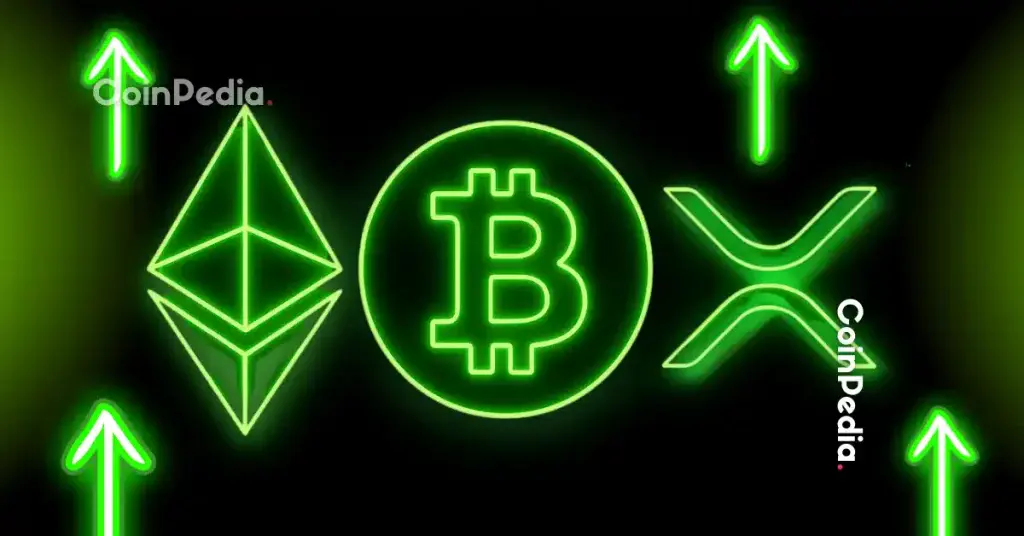ETH Slumps Amid PCE Inflation Fears: What’s Behind Ethereum’s Decline?
ETH slides as PCE inflation fears unsettle crypto markets. Learn how inflation readings, Fed policy shifts, and investor sentiment driving Ethereum's downturn.
Page views: 2

Ethereum (ETH), the second-largest cryptocurrency by market capitalization after Bitcoin, has faced renewed downward pressure in recent weeks as concerns over the Personal Consumption Expenditures (PCE) inflation index mounted. The link between macroeconomic indicators such as PCE inflation and the crypto market is complex, but rising inflation readings often trigger a reassessment of risk assets — and ETH has been vulnerable.
PCE inflation is a key gauge the Federal Reserve watches when setting monetary policy. When PCE prints hotter than expected, markets typically price in more aggressive interest-rate hikes or a longer tightening cycle. Higher interest rates increase the opportunity cost of holding non-yielding or riskier assets, prompting flows out of equities, altcoins, and decentralized finance (DeFi) tokens. For Ethereum, which serves as both a smart-contract platform and a proxy for broader crypto risk appetite, these macro shifts can translate into rapid price drops.
Beyond rates, investor sentiment and liquidity dynamics magnify ETH volatility. In risk-off environments, leveraged positions get liquidated, derivatives funding rates widen, and stop-loss cascades intensify selling pressure. Institutional investors reassessing portfolio exposure to crypto based on inflation expectations can also reduce bid support for ETH. Meanwhile, on-chain metrics — such as exchange inflows, staking levels, and active addresses — can offer early clues about how market participants are reacting to PCE surprises.
Ethereum-specific fundamentals matter, too. Continued growth in decentralized applications, NFT activity, and Layer 2 adoption supports long-term ETH value, but near-term price action still closely tracks macro shocks. Network upgrades and protocol changes may bolster fundamentals, but when broader financial markets tighten, even strong on-chain metrics can struggle to offset headline-driven selling.
What should traders and investors watch? Key indicators include upcoming PCE releases, Fed commentary, CPI data, and interest-rate expectations priced into Treasury yields. Monitor on-chain signals like exchange deposits, staking withdrawals, and DeFi TVL for shifts in liquidity. Finally, combine macro analysis with technical levels to manage risk: volatility often spikes around major economic prints, and prudent position sizing can limit downside.
In summary, Ethereum’s recent slump reflects a blend of PCE-driven macro concerns, shifting Fed expectations, and risk-off investor behavior. While long-term ETH fundamentals remain intact for many, short-term price action will likely remain sensitive to inflation data and monetary policy signals.
Published on: October 2, 2025, 8:02 am



